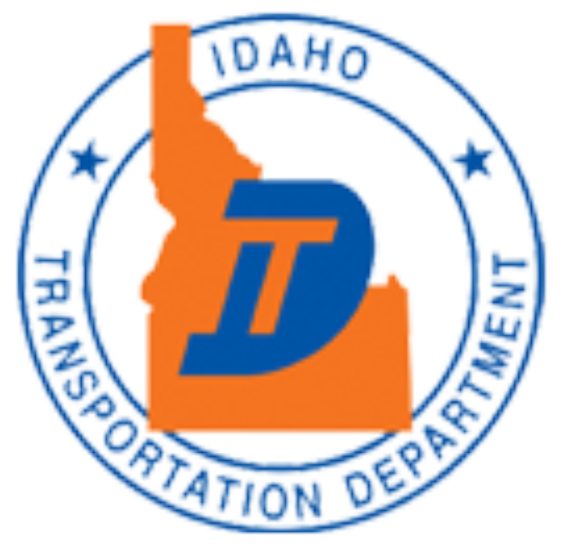Public Involvement Techniques & Activities
No two projects are exactly alike, and public involvement tools and techniques should be tailored to reflect the particular character of each project such as its group of stakeholders, its geographic location, the successes and failures of previous public outreach programs and the level of complexity and controversy.
Even cultural differences in stakeholder groups make a difference in identifying effective techniques. For example, reliance solely on websites or email lists for disseminating project information may not be effective in reaching lower-income groups or certain other segments of the population. In another example, agencies working with Native American Tribes have noted that some prefer and react better to formal presentations from government officials than open-house formats. The key, of course, is to understand the local contexts and differences and tailor an approach that works for the stakeholders.
Techniques are also likely to differ from one decision point to another within any project because the nature of the required information exchange is different. At the beginning of the process, the project team usually works to discover community issues and gain a better understanding of the project need, but may have relatively little detailed or substantive information to share with the community. Later in the process, ITD is seeking feedback on particular alternatives and may need opportunities to present a large amount of detailed information.
In selecting the right technique for the right situation, look at what has been used before, consider the needs and perspective of your audience, and review the logistics to be sure what you’re planning is realistic and workable.
Quick Links
Click the links below to navigate to the
main topics of this chapter.
Tools to Use
As a starting point, the tools have been organized and divided into four categories according to how they might be used:
Printed Communication
| Communication Suggestions |
|---|
|
Online Communication
| Communication Suggestions |
|---|
|
Small Group Communication
| Communication Suggestions |
|---|
|
Large Group Communication
| Communication Suggestions |
|---|
|
Detailed guidelines, requirements, timelines and examples for dozens of tools and techniques, ranging from postcards to public meetings, can be found in Appendix H.

